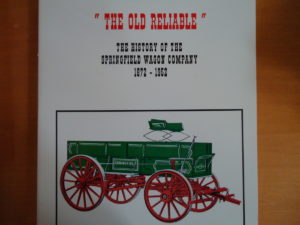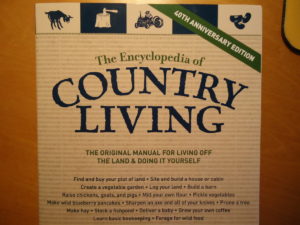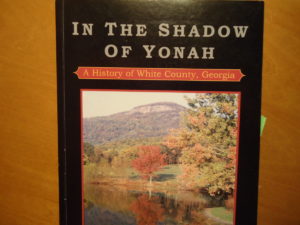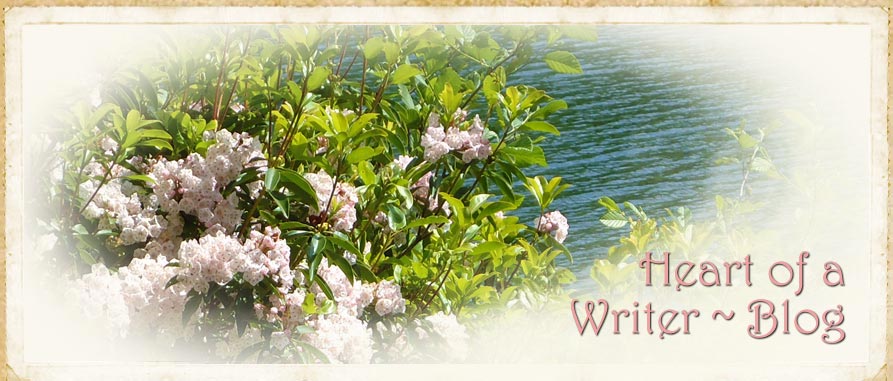In my last post I offered some suggestions for research sources, so in keeping with the research theme, I’d like to focus the spotlight a little tighter. While some of the best information can be gleaned from speaking directly with experts in a particular field, or interviewing local folks from the area in which your story is set, research books can be a gold mine of facts, as long as the author is well-qualified.
Most writers I know have spent more than a few bucks on research books. I know I have. Some of them have been worth every penny, and others not so much. But over the years I have come across some gems, and I’d like to share just a few of them with you:
SEARS ROEBUCK CATALOG and the MONTGOMERY WARD CATALOG. Granted they are reproductions from 1895 and 1897. But they still offer some great insight about how people shopped, what utensils and tools they used, what supplies and household goods were available, clothing and accessories, and of course, how much things cost.
 “THE OLD RELIABLE” A HISTORY OF THE SPRINGFIELD WAGON COMPANY 1872-1952 Steven Lee Stepp; (a masters thesis presented to the faculty of the graduate school—Southwest Missouri State College) The Springfield wagon was the most commonly used conveyance with farm families in the latter half of the 19th century. This thesis covers the origin and development of the manufacturing company, the suppliers and dealers of the wagons, and some incredible photographs and illustrations, including detailed diagrams of the parts and assemblage of the wagons. This book is available through the website: www.wheelsthatwonthewest.com
“THE OLD RELIABLE” A HISTORY OF THE SPRINGFIELD WAGON COMPANY 1872-1952 Steven Lee Stepp; (a masters thesis presented to the faculty of the graduate school—Southwest Missouri State College) The Springfield wagon was the most commonly used conveyance with farm families in the latter half of the 19th century. This thesis covers the origin and development of the manufacturing company, the suppliers and dealers of the wagons, and some incredible photographs and illustrations, including detailed diagrams of the parts and assemblage of the wagons. This book is available through the website: www.wheelsthatwonthewest.com
MANNERS AND MORALS OF VICTORIAN AMERICA
Wayne Erbsen; ISBN: 978-1-883206-54-3
A delightful collection of quotations from etiquette publications dating as far back as the 1830s through the early 1900s.
YESTERDAY IN THE TEXAS HILL COUNTRY — Gilbert J. Jordan; ISBN: 0-89096-657-5
The author writes his reminiscences of ranch life among the German Methodists from the 1890s through 1925. Great first person insights of the multi-cultural traditions that existed within the German-American community, with comments on how children were raised and educated, local commerce, the faith-centered community, prosperity and hard times, and everyday life. Especially interesting was the way they clung to their German language until 1917 when World War I broke out.
WOMEN’S DIARIES OF THE WESTWARD JOURNEY
Lillian Schlissel; ISBN: 0-8052-1176-4
A wonderful collection of diary excerpts from women who traveled across the plains, mostly en route to Oregon or California during the mid 1800s. The statistics of illness, injuries, and death are staggering, as are the lists of supplies they were required to have. The vintage photographs are well worth the price of the book.
BACK TO BASICS – Complied and edited by Abigail R Gehring; ISBN: 978-1-60239-233-5
This is more of a manual for people who want to live the simple life, live a self-sufficient lifestyle, and do things the old fashioned way, much like the pioneers did. From building your own cabin to planting a garden, trapping and skinning small game, raising livestock, operating a wood stove, felling trees and harvesting firewood, canning and preserving food, to the best use of the lay of the land. Many of the methods and procedures described in this book reflect the way our forefathers did things more than 100 years ago.
 THE ENCYCLOPEDIA OF COUNTRY LIVING – Carla Emery
THE ENCYCLOPEDIA OF COUNTRY LIVING – Carla Emery
ISBN: 978-1-57061-840-6
Like Back To Basics, this book is wealth of information of building a cabin, planting and farming, logging your land, milling your flour, how to sharpen axes and care for your (handmade) tools, how to dry, stack and bundle hay, how to deliver a baby, basic beekeeping, how to forage for wild food, and much more.
EVERY WOMAN’S GUIDE TO NATURAL HOME REMEDIES – Sally Freeman
ISBN: 1-56865-171-6
Because each chapter contains a section on herb and folk remedies, many of which go back many generations, this volume contains valuable information regarding which wild herbs, flowers, roots, and leaves were used for medicinal purposes.
THE 1863 LAWS OF WAR – the U.S. War Department
ISBN: 978-0-8117-0133-4
Excellent source of the articles of war, general orders, and army regulations of the period. If you are writing about the Civil War, this manual is a must for authentication.
 IN THE SHADOW OF YONAH
IN THE SHADOW OF YONAH
Garrison Baker
ISBN: 0-9762283-0-0
A history of White County, Georgia. I know not everyone writes about this little corner of the state of Georgia, but the accurate historical timeline related in this book, as well as the breathtaking details of events are quite impressive. The way the author brings the local history to life in this book has raised the bar for every other historical account I will ever use for research purposes.
COWBOY LINGO– Ramon F. Adams; ISBN: 978-0-618-08349-7
Want your dialogue to ring with authenticity? Check out this book and chuckle (and sometimes blush!) over the expressive way cowboys referred to their duties, their clothing and equipment, horses, riding, round-ups, brands, weeks on the trail, rustlers, and guns. Some of their figures of speech are hilarious, but they will add seasoning and dimension to your rough and rugged cowboy character.
THE AMERICAN RAILWAY – Thomas Curtis Clarke
ISBN: 978-1-61608-334-2
An exhaustive look at the building, development, and management of a railway—the locomotives and cars, passenger and freight, and mail service, railroad strikes, the everyday life of railroad men, and a statistical study including maps and charts of routes, wages, passenger rates, and freight rates. Interesting illustrations of railroad bridges and diagrams of the locomotive parts and assembly.
A POCKET GUIDE TO WILDFLOWERS OF NORTH AMERICA – Joan Barker
ISBN: 978-1-4075-8749-3
I use this book for almost every story I write. It shows what wildflowers grow in different areas of the country, when they bloom, a photograph of the flower, and a description of the kind of soil conditions in which they are found. In addition, many of these flowers (or their leaves or roots) were used by Native Americans for a variety of medicinal purposes. This is a great way to insert bits of local realism into your setting.
THE BEST BABY NAME BOOK – Bruce Lansky
ISBN: 0-915658-83-6
I picked up this book at a yard sale for fifty cents and I’ve used it dozens of times to find names for my characters. In addition to listing the formal name, nicknames and varying spellings are included, as well as the meaning of the name and the origin.
THE NAME BOOK– Dorothy Astoria; ISBN: 978-0-7642-0566-8
This “what-to-name-the-baby” book includes everything The Best Baby Name Book does, but this one also includes the spiritual significance of the name—a bonus for writers of Christian fiction.





